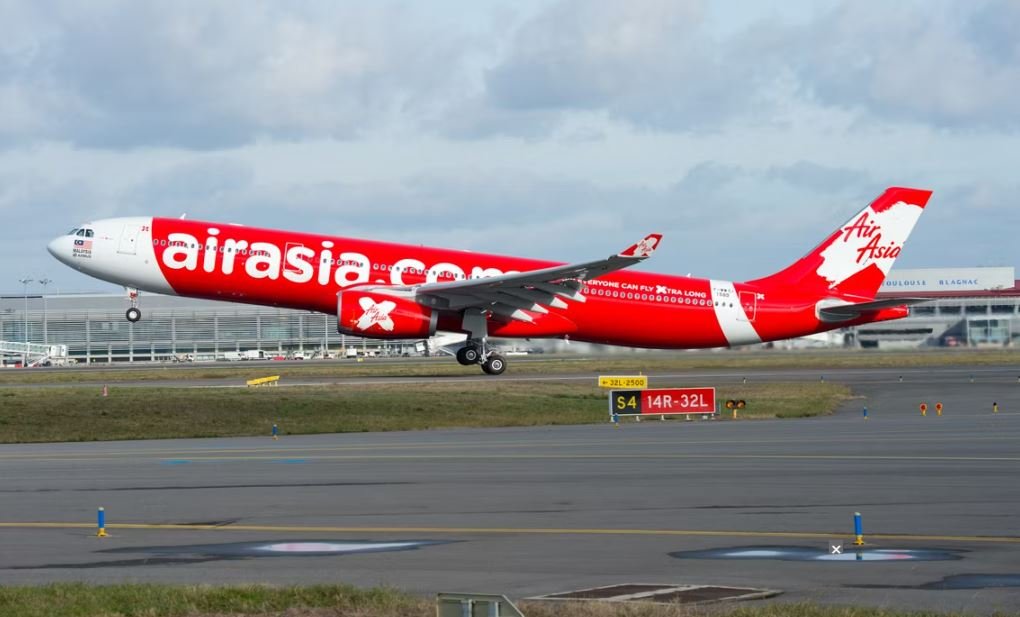It is hoped that other Asia-Pacific airlines will soon adopt AirAsia X’s capacity expansion and expanded ticket sales tactics.
AirAsia X has followed the trend with its own first-quarter results after AirAsia announced a great opening to 2023. Comparing the first quarter of this year (1Q23) to the last quarter of 2022, AirAsia X saw a roughly 50% rise in passenger volume.

The operating data for the first quarter of 2023 was made public on Friday by AirAsia X Berhad (AAX). The low-cost, medium-to-long-haul airline posted strong results that were influenced by revisions to COVID-19 limits, Asian new year celebrations, and springtime travel demand.Following the announcement of the changes, AAX quickly seized the opportunity presented by the return of travel to the mainland of China and increased seat capacity to meet the demand. The prevalent practice in Asia has been to gradually increase capacity when demand arises, but AAX has taken a much more aggressive strategy and is currently reaping the benefits of doing so as it works to fully recover from COVID.
Between January and March, AirAsia X Malaysia carried 504,476 passengers, a 50% increase from the 337,638 passengers it carried in the final three months of 2022. Although the airline referred to the October to December 2022 quarter as the sixth quarter of 2022, thankfully this year only has the typical four quarters.
Building it will attract people.

AAX is a fantastic example and demonstrates that if you increase capacity at reasonable costs, especially in this environment of strong demand and excessive fares, travelers will seize the opportunity to purchase tickets. The low-cost carrier grew seat capacity in 1Q23 by 47% quarter-over-quarter to 630,069 seats while increasing available seat kilometers (ASKs) by 71% to 2,899 million.
Even with all of the additional capacity, AAX nevertheless produced a respectable passenger load factor of 80%, which is nearly identical from the 79% it produced in the first half of 2022. At the end of the first quarter, the airline was operating nine of its fourteen Airbus A330s, with 1,721 flights totaling 4,623 kilometers (2,873 miles) in length.The growth, according to AAX, was caused by reactivating aircraft and increasing frequencies throughout the core network—a lesson that other Asia-Pacific airlines will hopefully soon learn. Along with expanding the frequency of flights to Tokyo to seven times weekly, it also reintroduced additional popular destinations like Osaka, Busan, and Shanghai. With load factors close to 90%, Delhi and Tokyo were two of the best-performing ports.
In a statement outlining its plans to pursue further growth, AAX stated that it is “highly encouraged” by China’s recent reopening and anticipates launching additional flights there as well as increasing frequency on its most lucrative routes. A further note from AAX stated that it is “considering the addition of even more destinations and countries within its network in the short to medium term.”
In a similar situation, AirAsia X Thailand
The first quarter saw a similar approach and outcome at AirAsia X Thailand (TAAX), an affiliate of AAX. The low-cost airline with a base in Thailand handled 289,813 passengers in 1Q23, up 29% from the 224,536 in the last quarter of 2022. It increased seating capacity by 33%, maintained a load factor of 88%, and added an additional 81,236 seats in 1Q.
TAAX increased ASKs to 1,601 million from 1,141 million in the final three months of 2022 by operating 889 flights with an average distance of 4,856 kilometers (3,017 miles). Five of AirAsia X Thailand’s eight Airbus A330s were in service as of the end of March, though this quarter may see a change with the start of the Bangkok to Shanghai route.




